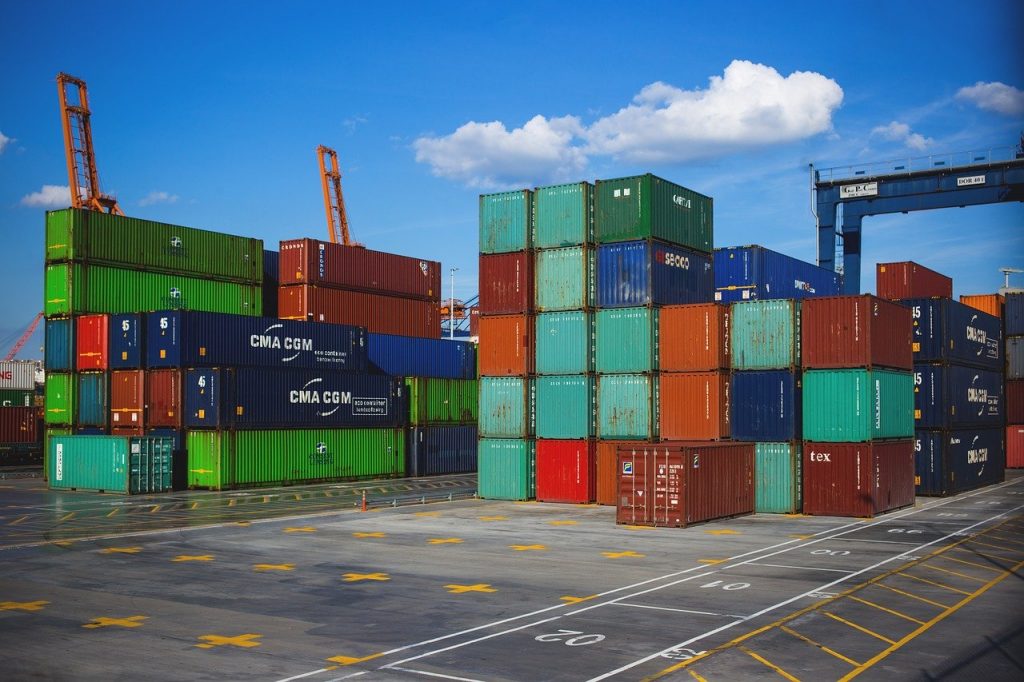Port Tampa Bay serves a huge local market of 8 million people within 100 miles and has an economic impact of $8 billion and 100,000 jobs. It is located at the gateway to the I-4 corridor which is the major growth area in Florida
The port, Florida’s largest tonnage port, takes in 40 percent of the state’s seaborne cargo. With over 5,000 acres, it is one of the largest ports in the nation. It is also one of the nation’s most diversified ports with a portfolio that includes, handling fertilizer, fuel, cargo containers, and cruise ship passengers. The Port is one of the top shipbuilding and repair centers in the Southeast
The Port suffered along with the Tampa Bay economy following the recession that started of 2008. Total tonnage fell for several years in a row. The phosphate market diminished, the housing bust crippled construction shipments and coal all but disappeared from its docks. The Port clawed its way back.
In 2013 the Tampa Port Authority sealed a deal with the second-largest shipping container line in the world. Mediterranean Shipping Company, which began moving goods to and from the Port of Tampa. The effect was to immediately give the Port access to new destinations, like the Middle East and the west coast of South America. This has a significant impact on the Port by expanding the reach and long term growth of the Tampa port.
In 2014 the Port Of Tampa Changed its name to Port Tampa Bay in order to better reflect the area that it serves. The Tampa-Clearwater-St Petersburg area alone serves an area of 2.84 million, one of the largest metro areas in the United States. Port Tampa’s marketing mission is to help the market understand that Tampa Bay area represents a strong alternative to other regional ports. Port Tampa has signed development deals for facilities that can serve new cargo markets, such as cars made in Mexico
The future holds promise: Significant improvements have been made and many more are planned for the next five years.
A new rail line and roadway connecting Interstate 4 and the Lee Roy Selmon Expressway will make it faster to move cargo out of the port. The port is an expanding container gateway to Florida and the Southeast. Tampa also hopes to lure more and more cargo following the Panama Canal expansion which was completed a few years ago.
Port Tampa Bay has continued to invest in infrastructure. In 2017 the port completed a 140,000 square foot refrigerated warehouse at Hookers Point to attract shippers of fruit and other cargo requiring cold storage. This facility offers fruit ships is a port of entry that is three days closer to the major markets then Philadelphia, which is the port with the most cold storage capacity on the East Coast. In 2018 Port Tampa Bay received its first shipment of bananas, the first such shipment to arrive at the port in more than 20 years
In 2016 the port invested in the purchase of two 300-foot gantry cranes to handle larger ships moving through the newly expanded Panama Canal. As a result of this, the ports container business has grown significantly. As a comparable benchmark to illustrate the growth, at the end of May in 2016, 31,321 containers had been unloaded at for Tampa bay’s docks for the 5-month period. In 2020, for the 5-month period ending in May 2020, that number jumped to 86,173 containers. Shippers in other parts of the world are taking note. Recently, the port was successful in recruiting 3 shipping lines to begin sending weekly container ships from Asia to Tampa.

The Port has now embarked on a $55,000,000 project to build a 1300-foot-long birth and a 30-acre container yard at Berth 214. The US Department of Transportation awarded for Tampa Bay and 19.8-million-dollar grant to help the port. When this is complete in 2023, the berth will be able to handle more deep-draft vessels. With its direct rail and chucking connections, this improvement will help the port to efficiently move cargo that arrives by ship to road or rail. That, in turn, is expected to help the port handle goods destined for more than 300 distribution centers and a market of 10,000,000 consumers along the Interstate-4 corridor This improvement is expected to enable port Tampa Bay to expand its shipping container operations by 60% The the new berth is expected to generate over $137 million per year in additional business revenues to terminal operators warehouses truckers rail companies as well as in local purchases and local taxes paid
The port faces some challenges. It is a home port for major cruise lines but some of the new mega-ships won’t fit under the Sunshine Skyway bridge.


Write a Comment